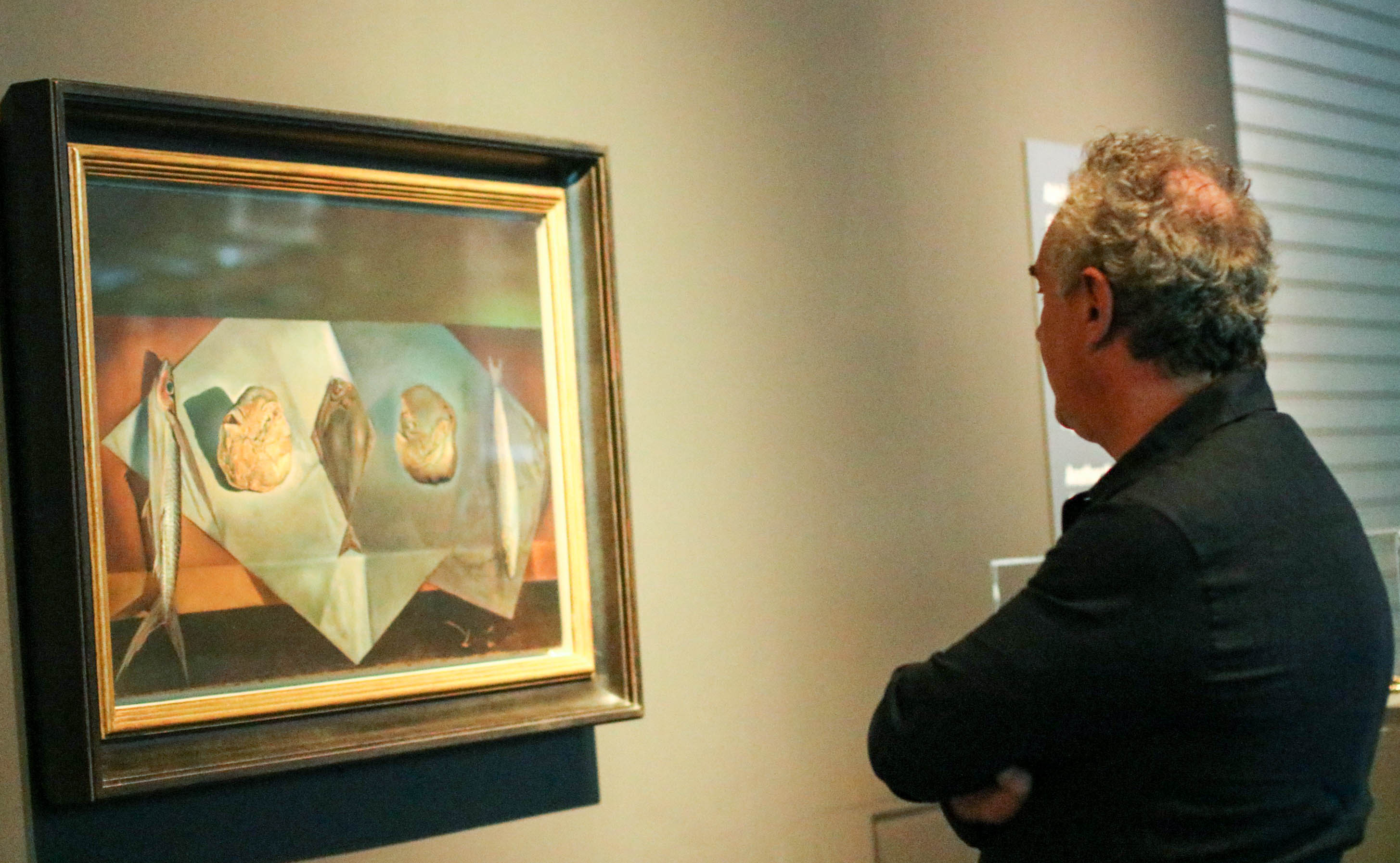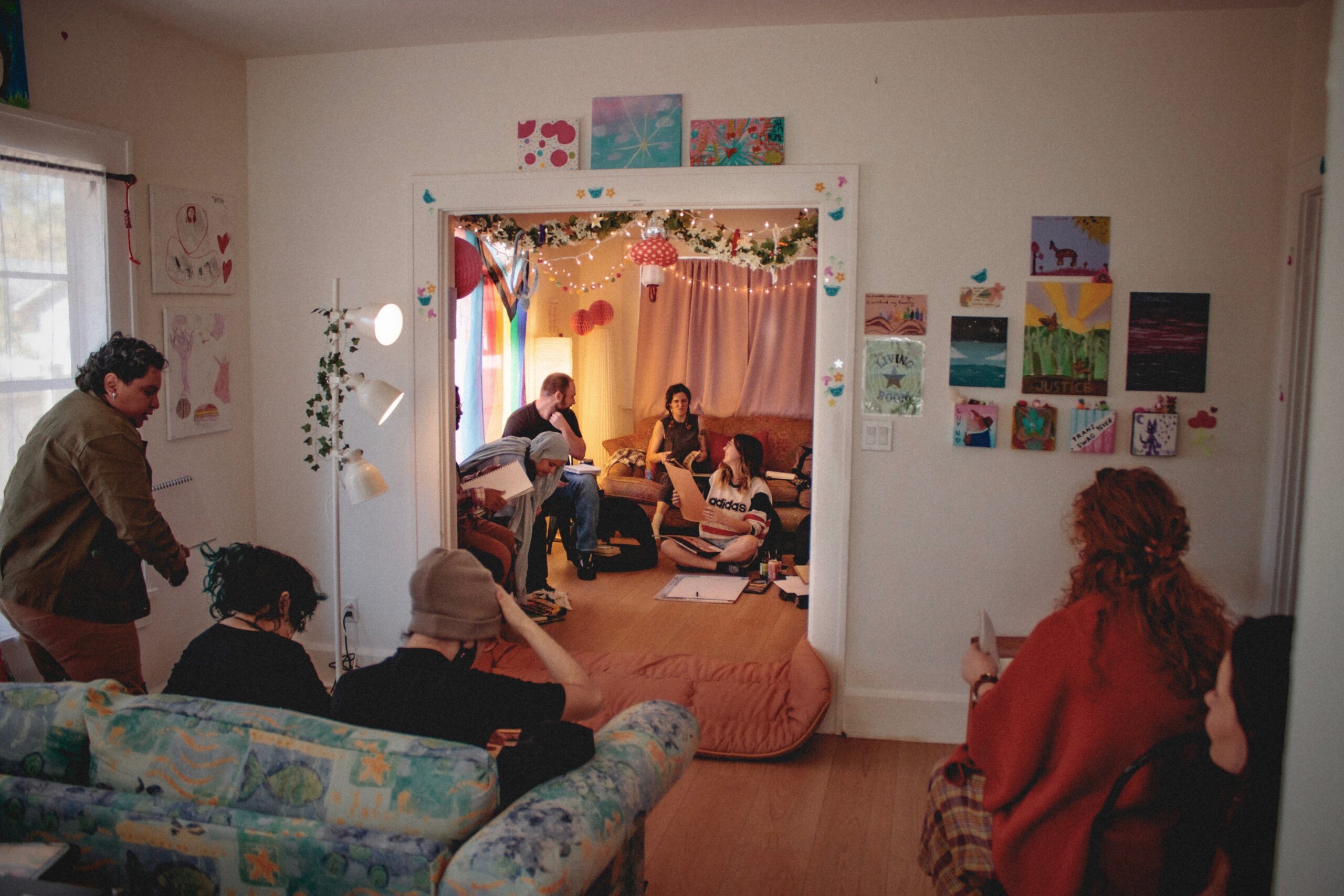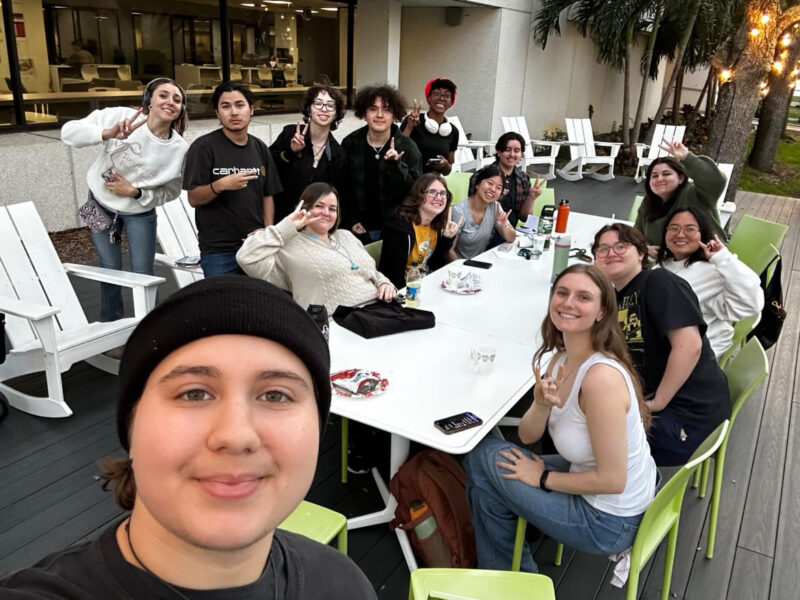[huge_it_slider id=”7″]
“It wasn’t like food, it was like going to the symphony.”
Such were the exclamations of those who dined at elBulli, the three-star Michelin restaurant in Spain that world-renowned chef Ferran Adrià ran for decades.
elBulli, located a few miles from surrealist Salvador Dalí’s home in Catalonia, offered patrons a 36-course dining experience that transcended what was possible with food.
“When you get to the final movement, you’re not full of music, you’re just starting to get open to the music,” said Dr. Hank Hine, the executive director of the Dalí Museum.
“It was that way with the food. [People] weren’t really full, [they] could keep on because it was like one new experience after another.”
elBulli may have closed its doors in 2011, but the spirit of the culinary mecca lives on in a new exhibit at the Dalí, entitled “Ferran Adrià: The Invention of Food.”
Adrià, who has been called “the Salvador Dalí of the kitchen,” was the guest of honor at the preview of the exhibit on Friday, Sept. 23.
A group of professional journalists, as well as 15 USF St. Petersburg food writing students, were invited to take an early tour of the exhibit with Adrià and the museum staff.
“For those of us lucky enough to live here, with this museum’s explosion of imagination right in our backyards, we hardly need a reason to find ourselves back here,” said Dr. Kanika Tomalin, the deputy mayor of St. Petersburg.
Tomalin gave a brief introduction before the preview.
“[This exhibit is] a grand illustration of two things that make St. Pete one of the absolute most special places on earth: art and food. Here in St. Pete, we can’t get enough of either, and fortunately, while ‘The Invention of Food’ is here in this lovely space, we won’t have to.”
The exhibit itself is a multimedia, sensory experience, combining food-centric Dalí paintings, old video footage of elBulli and even a tasting of a special pata negra ham from Catalonia, Spain.
“Ferran has rediscovered what cooking is. He’s reinvented the art. With that premise, we have put together this exhibition,” said Hine.
“So that it not be totally vicarious, we have taken information from Catalonia [to bring you] the pata negra, the beautiful black-hoofed pig that gives up its leg to this sublime experience. You will be invited to try this surpassing food in the exhibit.”
The pata negra is fed a diet of acorns near the end of its life, and the meat is aged for four years, according to one Dalí employee.
Visitors to the museum will be able to sample the pata negra ham for free at the exhibit from 11 a.m. to 3 p.m. It is also available for purchase in the museum’s Café Gala.
Adrià himself sliced and sampled the ham during the preview.
Featured in the exhibit are a row of hardback-bound catalogs that compile all 1,846 of the dishes that Adrià dreamed up for elBulli. A few of the catalogs are very rare, and detail recipes from as early as 1983. Every dish from the ‘80s to 2011 is documented.
“The cool thing is the sheer amount of detail that it gives, like the temperature, when it’s to be served, the season when it’s to be presented in, which family it belongs to,” said Peter Tush, the curator of education at the Dalí. “It’s pretty incredible.”
“You can actually go through the show and note certain things and come back [to the catalogs] and find them and find out what they are. This is the archive of the mind of elBulli.”
Although the exhibit includes videos, paintings and other artistic mediums, the focus on food may push the boundaries of what some museumgoers see as art.
But Hine believes that food can be expressive, too.
“[Adrià] says he’s not an artist, but I think it’s because artists can be really annoying. They probably said, ‘You don’t paint, you don’t sculpt, you’re not an artist,’” said Hine.
“But I think that when you do something really well, it transcends itself; it becomes something bigger, more important. That’s what art is for me. Limiting art to moving varnishes around with a stick with an animal hair on it – why is that the only kind of art there is?
“Anything where you do something well and transform it into something bigger, I think, is art,” he said.
Another link between the two visionaries is Catalonia.
“Every art experience has something to do with place,” said Hine.
“There may be universality, but place is prominent. It’s remarkable that that part of the globe, of Catalonia, gave rise to these great innovators. One in art, Salvador Dalí; and one in food, Ferran Adrià,” said Hine.
The exhibit highlights this sense of place with a map of northern Spain. The map shows the proximity between elBulli and Dalí’s home in Port Lligat.
“It’s as though they lived on the same ground. There must be something there about that place that inspired them, that gave them the sense to look at the world in a new way.”
Adrià’s exhibit sought to display food as more than just a means of sustenance.
“How is it possible to approach something so familiar as food and give it a new birth, to rediscover it?” asked Hine.
“Ferran Adrià’s explorations of cooking, what constituted cooking, even what constituted food, [were] so fundamental that Ferran Adrià actually reinvented food.”
The exhibit may also inspire students to see their everyday meals in a new light.
“We come from the world of ramen and grilled cheese, and look at what [Adrià] is doing,” said Janet Keeler, a visiting assistant professor at USFSP who teaches food writing.
“To see how someone can think differently about [food] is an interesting thing for students to see. [Food is more than] just something to wolf down as you’re running to class or in the car.”
Want to see the exhibit for yourself? “Ferran Adrià: The Invention of Food” opened on Sept. 25 and runs until Nov. 27. USFSP students can get into the Dalí for free with a school ID.



